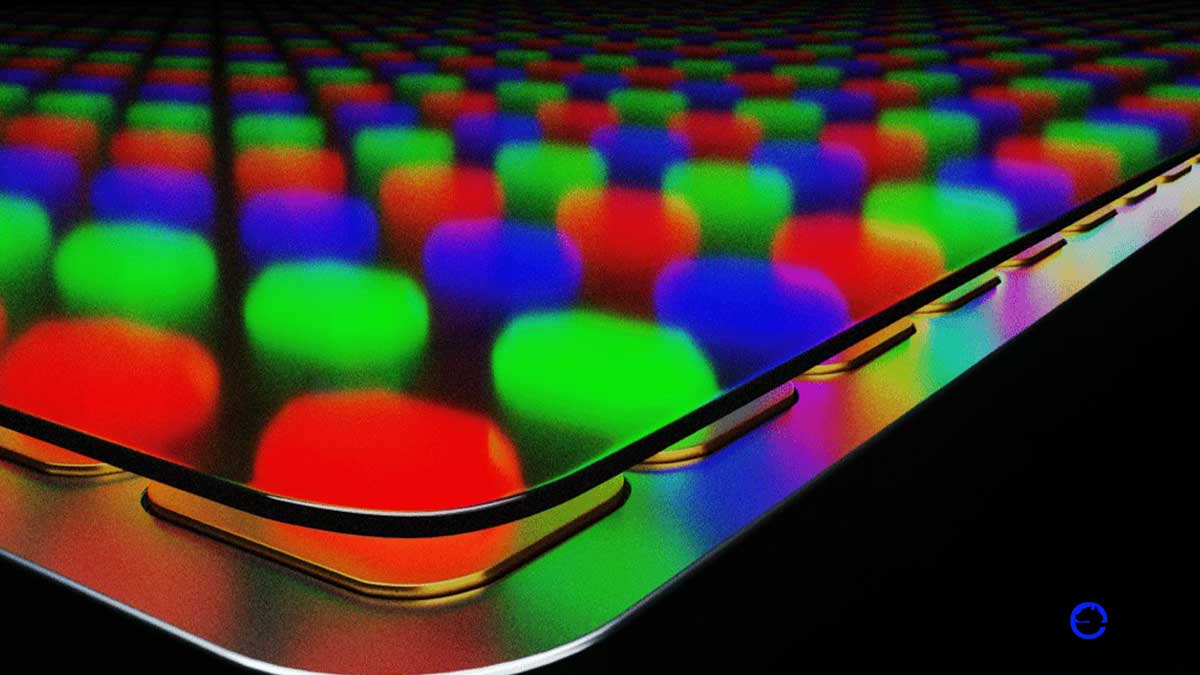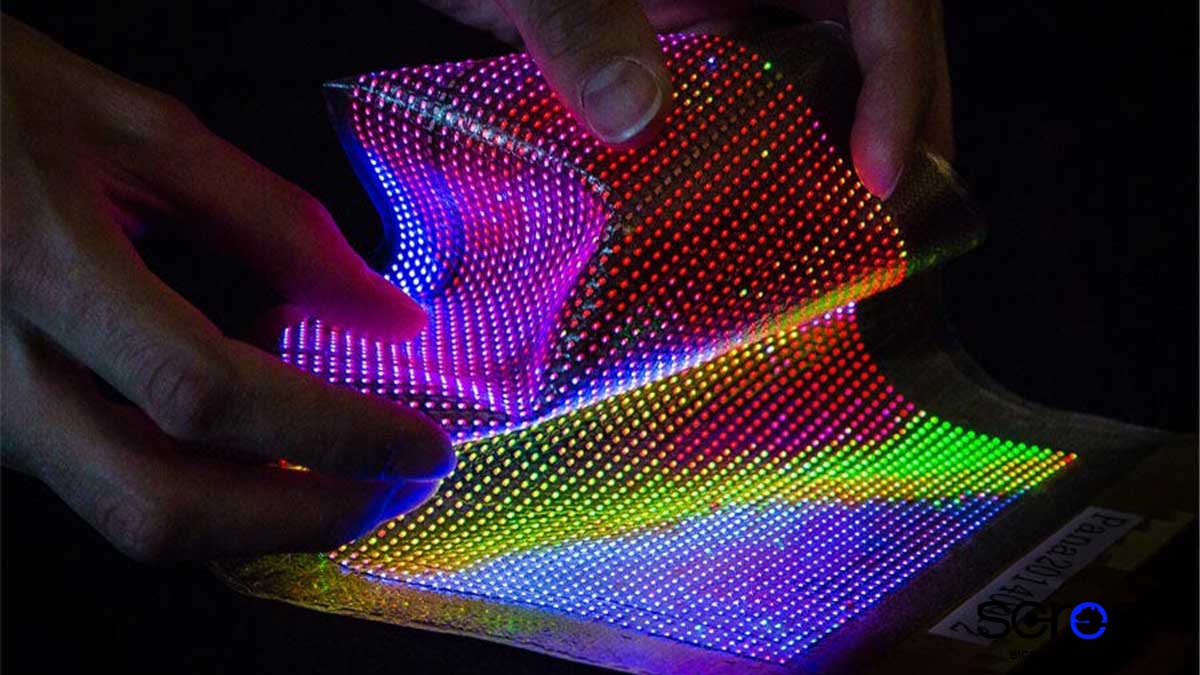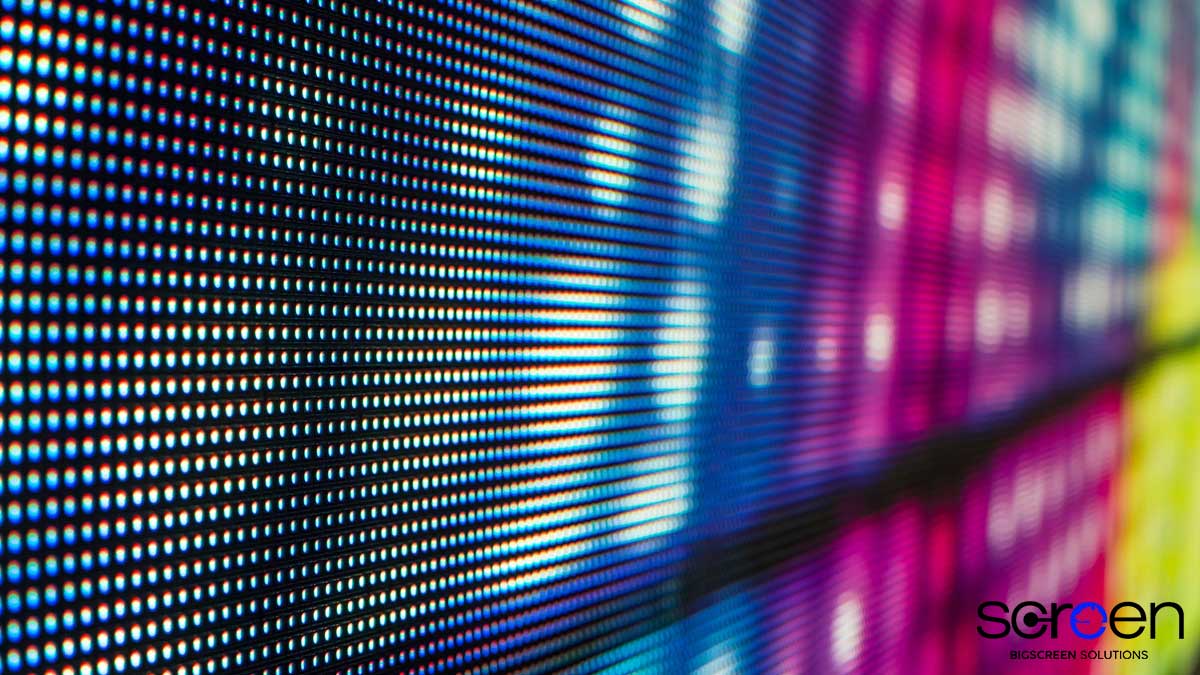The world of visual display technology is advancing faster than ever before, with innovations emerging that promise brighter, sharper, and more energy-efficient solutions for both consumers and commercial users. One of the most promising developments is MicroLED, a cutting-edge display method that has already begun to reshape how we think about large-scale and personal screens. If you have ever wondered What is MicroLED, you are not alone—many industry professionals and tech enthusiasts are curious about what makes it different from existing technologies like LCD and OLED.
MicroLED represents not just a minor upgrade but a significant leap forward. It uses microscopic light-emitting diodes, each acting as its own light source, to create images with exceptional brightness, color accuracy, and durability. Unlike traditional displays that rely on a separate backlight, MicroLED panels are self-emissive, meaning every pixel produces its own light. This leads to higher contrast ratios, perfect blacks, and unparalleled visual clarity.
A Brief History of MicroLED Development

The journey to understanding What is MicroLED begins with its origins. Developed in the early 2000s in research laboratories, MicroLED was initially seen as a potential competitor to OLED for premium displays. Early prototypes were expensive and difficult to manufacture, as they required precise placement of millions of microscopic LEDs onto a substrate.
Over the last decade, advancements in manufacturing techniques have reduced costs and improved reliability. This has paved the way for its application in devices ranging from high-end televisions to wearable technology and massive public information boards. While OLED has dominated the premium market for years, MicroLED is now emerging as a viable alternative with several distinct advantages.
How Micro LED Display Technology Works
To grasp the full benefits of micro LED display technology, it helps to understand its unique design. Each pixel in a MicroLED display is an independent LED light source. This independence allows for precise control over brightness and color for each pixel, enabling extremely high dynamic range (HDR) performance.
Because MicroLED pixels are so small, they can be packed densely into a display, resulting in exceptionally sharp images even at very large screen sizes. Moreover, since there is no need for a backlight, MicroLED panels are thinner, lighter, and more energy-efficient than their LCD counterparts.
In commercial settings, such as when you need to hire led screen solutions for an event, MicroLED offers the advantage of excellent visibility even in bright ambient light conditions. Its durability also makes it suitable for both indoor and semi-outdoor use.
Comparing MicroLED to Other Technologies
When exploring What is MicroLED, comparisons with OLED and LCD are inevitable. OLED has long been praised for its deep blacks and flexibility in design. However, OLED suffers from potential burn-in issues and limited peak brightness. MicroLED surpasses OLED in brightness and lifespan while retaining similar contrast performance.
LCD technology, on the other hand, is cost-effective and widely available but falls short in black levels and color precision. MicroLED, with its self-emissive nature, eliminates many of these shortcomings, making it an attractive choice for premium installations and applications where image quality cannot be compromised.
Interestingly, some decision-making factors for large-scale installations can be found in unrelated buying guides like How to Choose Outdoor LED Advertising Display. While focused on a different product category, such guides discuss considerations like brightness levels, weather resistance, and maintenance ease—factors that also matter in large MicroLED deployments.
Pixel Density and Visual Quality
One of the most important specifications in display technology is pixel density. The concept of Pixel Pitch in LED is critical here—it measures the distance between the centers of two adjacent pixels. A smaller pixel pitch means higher resolution and better clarity, especially for close viewing distances.
MicroLED panels often feature extremely small pixel pitches, which is why they can deliver stunning image quality at both small and large scales. For example, a MicroLED video wall in a conference room may have a pixel pitch of less than 1 millimeter, ensuring text and images are razor-sharp even from a few feet away.
Applications of MicroLED in Different Sectors
The versatility of micro LED display technology extends to numerous industries. In retail, these displays can be used for eye-catching storefront signage. In healthcare, they enable clear and precise visualization of medical imaging. In entertainment, from cinemas to gaming monitors, MicroLED delivers unmatched brightness and responsiveness.
Educational institutions are also adopting MicroLED for lecture halls and auditoriums, where visual clarity is essential for learning. This shift mirrors broader trends in display adoption, where long-term value and low maintenance are becoming just as important as initial cost.
For those considering an investment, resources like Things to Consider When Buying a LED Display can offer useful parallels, even if they are geared toward traditional LED panels. Many of the principles—such as checking energy consumption, evaluating brightness, and understanding serviceability—apply directly to MicroLED purchases.
Manufacturing Challenges and Breakthroughs
The path to widespread adoption of What is MicroLED has not been without hurdles. Manufacturing involves accurately transferring microscopic LEDs onto a substrate—a process that must be repeated millions of times for larger displays. Yield rates, production costs, and assembly times have been major barriers.
However, new assembly techniques and automated transfer systems have significantly improved production efficiency. As these innovations continue, industry experts predict that MicroLED costs will gradually decrease, making them more accessible for mid-range markets.
Color Performance and Brightness Advantages
The color performance of micro LED display technology is exceptional. Since each pixel emits its own light, the display can achieve pure primary colors without the need for color filters. This results in higher brightness and better energy efficiency compared to filtered light sources.
In large-scale public installations, where displays must compete with natural sunlight, MicroLED’s brightness is a game-changer. It can reach levels far beyond OLED, making it suitable for outdoor advertising, sports stadiums, and transportation hubs.
When selecting the right display technology, understanding the Difference Between DIP and SMD LED Displays can help. While DIP and SMD refer to older LED packaging methods, the knowledge of how LEDs are structured provides context for appreciating MicroLED’s microscopic precision.
Durability and Lifespan
Another reason many professionals are asking What is MicroLED is its outstanding lifespan. Unlike OLED, which may degrade over time due to organic materials, MicroLED uses inorganic compounds that are more resistant to aging. This means displays can maintain consistent brightness and color performance for tens of thousands of hours.
Durability also plays a role in reducing total cost of ownership. Fewer replacements and less frequent maintenance mean that, over time, MicroLED installations can be more cost-effective than initially cheaper alternatives.
Environmental Impact and Energy Efficiency
Energy efficiency is increasingly important in today’s environmentally conscious world. MicroLED panels consume less power than LCDs and can be more efficient than OLED in high-brightness scenarios. This efficiency not only reduces operating costs but also minimizes environmental impact by lowering energy demand.
The technology also allows for modular repair—individual panels or even pixels can be replaced without discarding the entire display. This reduces electronic waste and supports sustainable practices in the AV industry.
Future Outlook

The future for micro LED display technology looks promising. With tech giants investing heavily in research and development, we can expect to see MicroLED integrated into smartphones, augmented reality headsets, automotive dashboards, and more. Its scalability—from wearable devices to massive video walls—gives it a unique edge over competing display technologies.
As manufacturing costs drop and processes become more efficient, MicroLED is likely to enter mainstream consumer markets. For now, it remains a premium option, but its advantages in brightness, durability, and color accuracy are hard to ignore.
Conclusion
Understanding What is MicroLED requires more than just knowing it’s a display technology—it’s about recognizing its potential to transform how we interact with digital content. From its microscopic light sources to its ability to produce flawless visuals on any scale, MicroLED stands at the forefront of display innovation.
As adoption spreads across industries, from entertainment to education, the question is not whether MicroLED will replace existing technologies, but how quickly. With continued innovation and market growth, this technology is poised to define the next era of visual displays, bringing unmatched clarity, efficiency, and flexibility to users worldwide.




